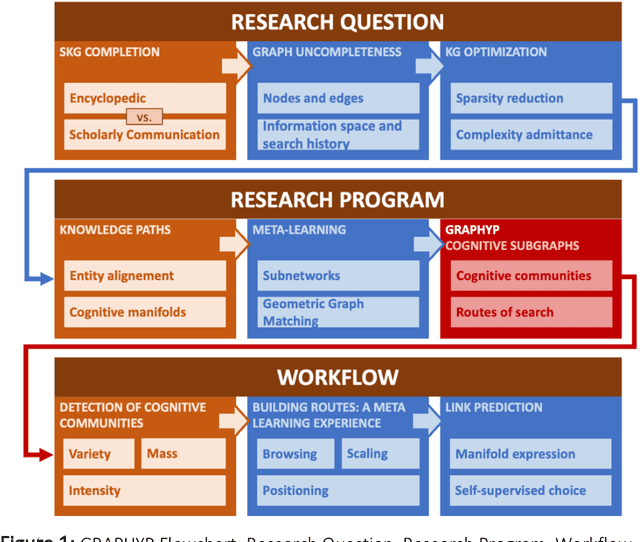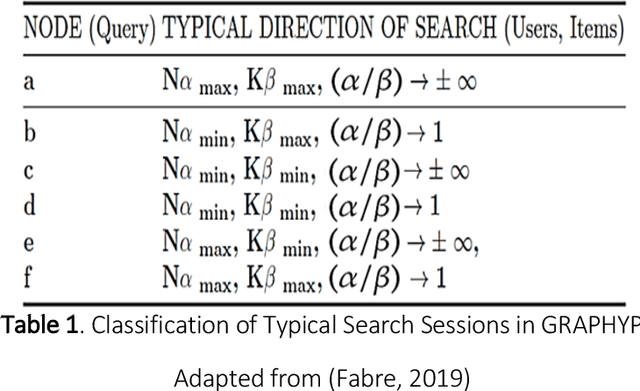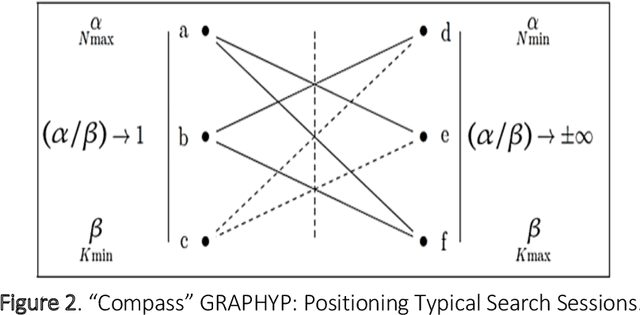GRAPHYP: A Scientific Knowledge Graph with Manifold Subnetworks of Communities. Detection of Scholarly Disputes in Adversarial Information Routes
Paper and Code
May 03, 2022



The cognitive manifold of published content is currently expanding in all areas of science. However, Scientific Knowledge Graphs (SKGs) only provide poor pictures of the adversarial directions and scientific controversies that feed the production of knowledge. In this Article, we tackle the understanding of the design of the information space of a cognitive representation of research activities, and of related bottlenecks that affect search interfaces, in the mapping of structured objects into graphs. We propose, with SKG GRAPHYP, a novel graph designed geometric architecture which optimizes both the detection of the knowledge manifold of "cognitive communities", and the representation of alternative paths to adversarial answers to a research question, for instance in the context of academic disputes. With a methodology for designing "Manifold Subnetworks of Cognitive Communities", GRAPHYP provides a classification of distinct search paths in a research field. Users are detected from the variety of their search practices and classified in "Cognitive communities" from the analysis of the search history of their logs of scientific documentation. The manifold of practices is expressed from metrics of differentiated uses by triplets of nodes shaped into symmetrical graph subnetworks, with the following three parameters: Mass, Intensity, and Variety.
 Add to Chrome
Add to Chrome Add to Firefox
Add to Firefox Add to Edge
Add to Edge